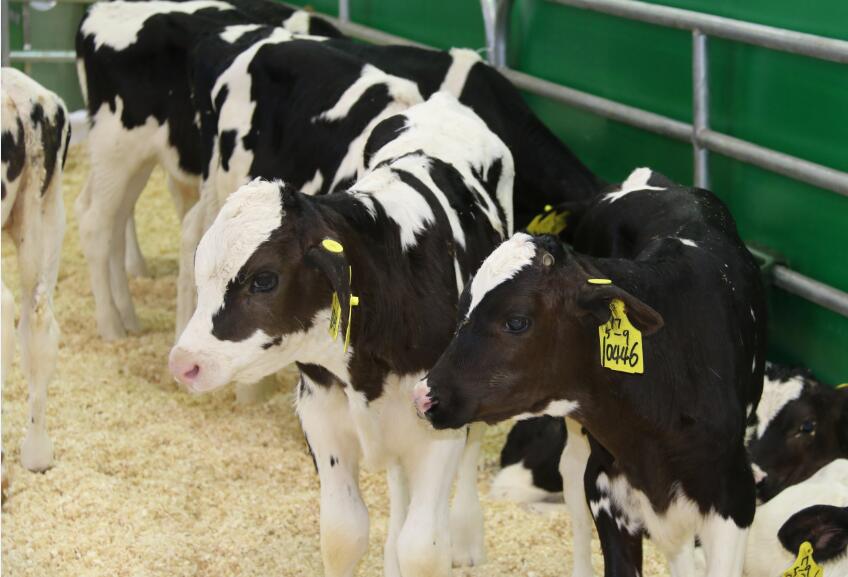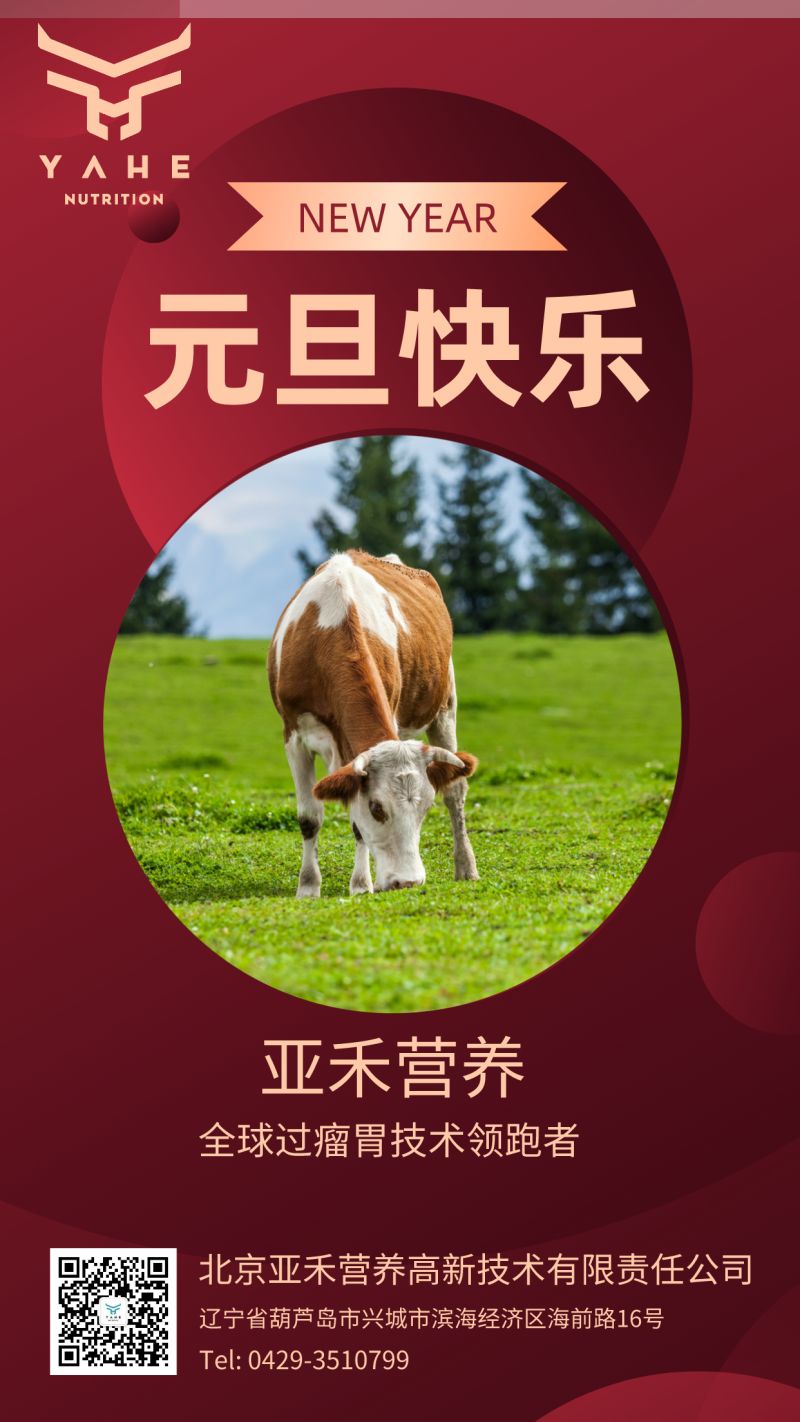In recent years, the topic of “anti-resistance” is one of the most popular topics in the industry. Many people always like to use the relevant antibiotic regulations and policies of the EU or the United States to exemplify their views when discussing “anti-resistance”, but there are many Some misunderstandings and understandings of European and American antibiotic policies.
In order to understand the European and American antibiotic policies accurately and achieve a better reference, a reporter from the Feed Industry Information Network recently interviewed Mr. Dennis L Erpelding, Director of Lilly Global Food Safety and Regulation. Mr. Dennis L Erpelding is one of the important participants in the formulation of antibiotics policies in Europe and America. I believe that his introduction can help us to correctly understand the antibiotics policy in Europe and America, and provide accurate information on the rational and scientific use of antibiotics.
.jpg)
Accepted by Mr. Dennis L Erpelding, Director of Lilly Global Food Safety and Regulation (middle)
Interview with reporter from China Feed Industry Information Network, Mr. Wang Lei (right), Director of Market Access, Lilly Animal Insurance
㈠Accurately understand the definition of antibiotics
To accurately understand the definition of antibiotics, we must first clarify what is antimicrobials. Antimicrobial drugs refer to various drugs that have resistance activity against various microorganisms including bacteria, viruses, fungi and parasites.
And antibiotics are a class of antimicrobial drugs, which are produced or synthesized by fungi or other microorganisms under natural conditions, these substances can kill human or animal pathogens or inhibit their growth.
㈡Why do you need antibiotics?
First of all, it must be clear that antibiotics are necessary tools to protect animal health, but they are only one of many tools. In addition to antibiotics, animals can be protected by optimizing feed nutrition, improving sanitation, raising breeding equipment conditions, and enhancing feeding and management levels. Health.
1. Requirements for animal welfare
Nursing animals, hoping to reduce the suffering and death caused by disease.
2. Food safety requirements
Healthy animals are the most important first step in food safety.
3. Requirements for sustainable development of animal husbandry
Is economically beneficial to development, highly accepted in society, and environmentally friendly.
4. Antibiotics are used for animal husbandry purposes
In the United States, antibiotics are used in animal husbandry production. According to policies and regulations, antibiotics are mainly divided into two major application purposes: one is for therapeutic purposes, and the other is for growth promotion purposes.
(Therapeutic purposes, including: treatment, control and prevention
First, it is used to treat animals diagnosed with a certain disease;
Second, it is used to control the spread of diseases in animal groups;
Thirdly, it can be used to prevent the onset of healthy animals under possible contact with pathogens;
⑵Growth purpose
Mainly refers to balancing the ratio between harmless and harmful bacteria to achieve the purpose of improving nutrition, used to increase growth efficiency.
㈢ Classification of antibiotics
According to different methods of use, antibiotics are divided into three categories: special antibiotics for humans, antibiotics for humans and animals, and antibiotics for animals. Among them, antibiotics for humans and antibiotics shared by humans and animals are called antibiotics of medical importance to humans, while antibiotics for animals are called antibiotics of no medical importance to humans.
1. Human-specific antibiotics
Such antibiotics should not be used on animals.
2. Human and animal sharing antibiotics
These antibiotics can only be used for therapeutic purposes (treatment, control and prevention) under the supervision of a professional veterinarian.
3. Animal special antibiotics
Such antibiotics are only developed and applied to animals, and should not be used as human drugs.
㈣European and American regulations and requirements for the use of antibiotics in food animals
1. European Union
The EU's supervision of the use of antibiotics is mainly under the joint responsibility of the European Medicines Agency (EMA) 's Veterinary Medicine Committee (CVMP) and the European Food Safety Authority (EFSA), of which the European Food Safety Authority (EFSA) is mainly responsible for the use of feed additives Control (Since 2006, the European Union no longer continues to place coccidiosis drugs in the field of antibiotics for supervision, but uses them as feed additives to control them. Therefore, coccidiosis drugs can also be used for a long time without veterinary supervision. Add to use in feed); In addition to coccidiosis, other types of antibiotics are within the jurisdiction of the European Medicines Agency (EMA) under the Committee of Veterinary Medicine (CVMP).
In 2006, the EU banned all growth-promoting indications of antibiotics (including all growth-promoting antibiotics in two categories: antibiotics for humans and animals and animal-specific antibiotics). For clinical antibiotics for the purpose of treatment, control and prevention, professional Under the supervision of a veterinarian (prescription), it can be used by adding to drinking water, feed, or injection.
2. United States
The U.S. Food and Drug Administration Veterinary Medicine Management Center (FDA CVM) is responsible for supervising the use of antibiotics and has issued a series of policies and regulations.
Antibiotics that are medically important to humans (including: antibiotics for humans and humans and animals): First, antibiotics for humans cannot be used on food animals, and the use of antibiotics for humans and animals must be under the supervision of a veterinarian (prescription) It can only be used for the purpose of treatment, control and prevention.
Antibiotics that are not medically important for humans (antibiotic for animals): not only can be used for the purpose of treatment, control and prevention, but can also be used for the purpose of improving growth efficiency, and they do not require veterinary supervision (prescription) .
㈤European and American antibiotic risk analysis process
Europe and the United States has established a complete set of antibiotic risk analysis process, in addition to Europe and the United States, including Japan, Australia and other countries are currently in use, the process mainly includes the following three parts:
1. Risk assessment
Identify the harmfulness of the drug, including the release of the drug, the exposure of the drug, and the final results and effects.
2. Risk management
Based on the results of the first step risk assessment, relevant decisions made. If the result of the evaluation is a low-risk drug, no veterinary supervision (prescription) is required; if the result of the evaluation is a high-risk drug, it needs to be strictly regulated and can only be used under the supervision of the veterinarian.
3. Risk communication
Risk communication is a kind of market behavior, which refers to the good communication and exchange of the results of antibiotic risk assessment and management conducted by the country with the farm and veterinarians, with a view to conveying the correct information to the front line to achieve education and training users The purpose of legal scientific use of antibiotics.

Mr. Dennis L Erpelding, Director of Lilly Global Food Safety and Regulations (middle), Mr. Wang Lei, Director of Market Access, Lilly Animal Insurance (right), Reporter of China Feed Industry Information Network (left)
This interview with Mr. Dennis L Erpelding, Director of Global Food Safety and Regulation at Eli Lilly, gives us a comprehensive and accurate understanding of the policies related to the use of antibiotics in food animals in Europe and America. The editor believes that China ’s animal husbandry antibiotics policy does not necessarily have to copy all European and American models, learn their advantages, and combine our own characteristics to embark on a "scientific use of antibiotics" road with Chinese characteristics in animal husbandry. Best strategy.




.jpg)
